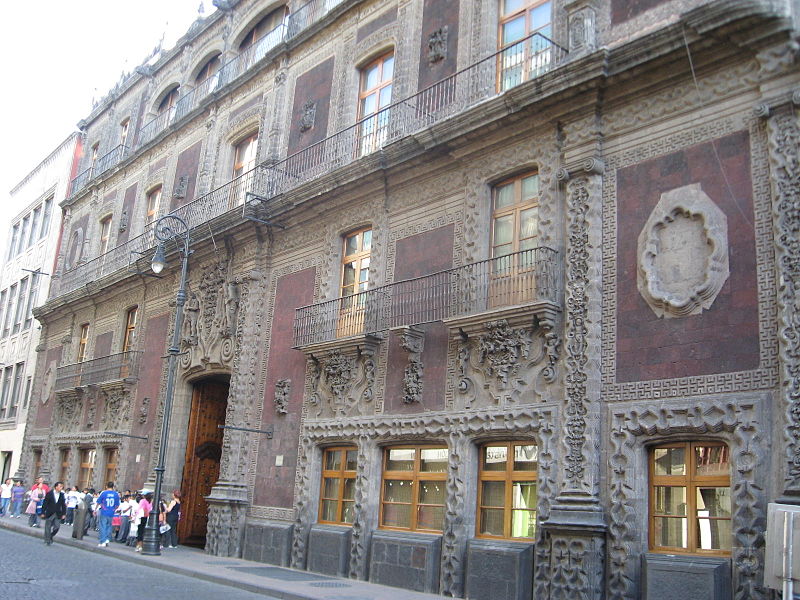
Independent Mexico survived a 19th century rife with challenges…
1823
Iturbide’s First Mexican Empire is overthrown by insurgents. Agustín de Iturbide inhabited the Iturbide Palace from 1821 – 1823, and there accepted the crown of the First Mexican Empire.
1824
A January 31 Acta Constitutiva de la Federación, and the October 4 Federal Constitution fixed the political and administrative organization, under Article 50, gave the new Mexican Congress the right to choose where the federal government would be located. The choice was official on 18 November, 1824, when Congress delineated a surface area of two leagues square (8,800 acres) centered on the Zocalo. Coyoacán, Xochimilco, Mexicaltzingo, and Tlalpan, all remained parts of the State of Mexico.
1829
The Spanish briefly invade Mexico. This is the first of the four 19th-century “Interventions” documented today in the National Museum of the Interventions.
1831
A spinning and weaving factory, “La Fama Montañesa,” was founded in today’s Tlalpan.
1832
The Panteon de San Fernando begins accepting those ready to be interred. It continues to accept some of the 19th century’s most illustrious figures until 1871.
1846
In order to maintain slavery in the newly-annexed Texas, the US invaded northern regions of Mexico. The Mexican Congress declared war on July 7, 1846. Battles raged in the north, but General Winfield Scott would not begin the Siege of Veracruz until March in the following year.
1847
Major aggressions leading up to the US conquest of Mexico City took place at Chapultepec, Padierna, and Churubusco. But on September 14, U.S. general Winfield Scott enters Mexico City, marking the end of organized Mexican resistance to the US invasion.
1855
The one time capital of the State of Mexico, Tlalpan, is formally absorbed into the Federal District on November 26.
1857
The Constitution of 1857 goes into effect.
The territory of Coyoacán is incorporated into the Federal District. It was formally made into a delegation in 1928.
1858
On January 1st, the Ferrocarril de Tacubaya begins service on the first streetcar line to connect the Zócalo with the town of Tacubaya in the west.
1859
In the aftermath of the Battle of Tacubaya, a group of 53 Liberal military and civilians were executed by the winning Conservative General, Leonardo Márquez Araujo. They would later be remembered by President Benito Juárez as the “Martyrs of Tacubaya.”
1861
Reforma era laws forcibly closed most of the monasteries and convents in the country.
1864
Construction begins on the Paseo de la Emperatriz, intended to connect Chapultepec Castle with the Zocalo and the Metropolitan Cathedral. Today, it is known as Paseo de la Reforma.
1866
Napolean III withdraws support for the Second Mexican Empire, dooming the reign of Maximiliano. The Emporer survived until June of 1867 when he was captured and executed by Juarez in Queretaro, an event depicted in Eduard Manet’s sensational series of paintings.
1867
General Santiago Vidaurri is executed by firing squad on July 8 in the Plaza de Santo Domingo for his collaboration with the Maximiliano government.
1875
The Hotel Gillow opens in the city center. It remains the City’s longest continually operating hotel.